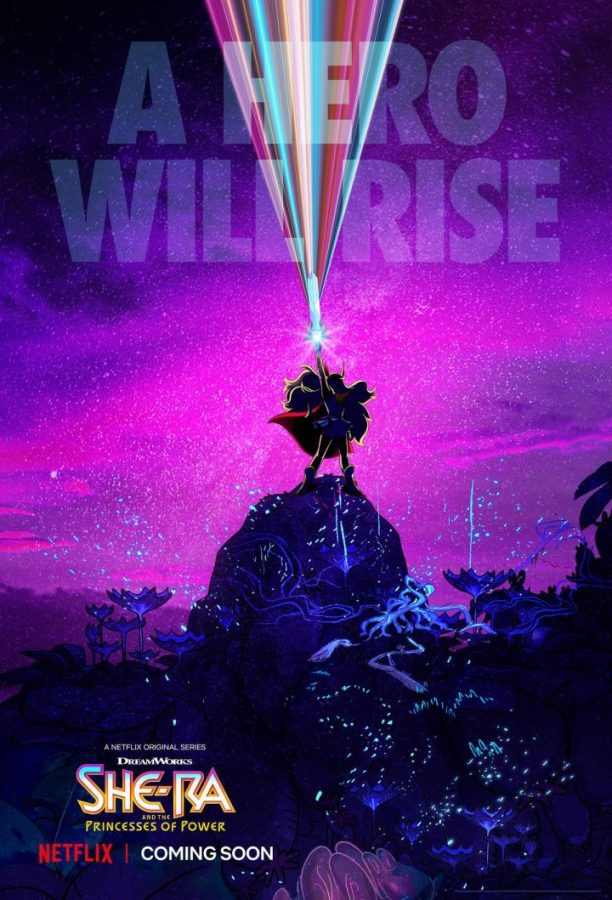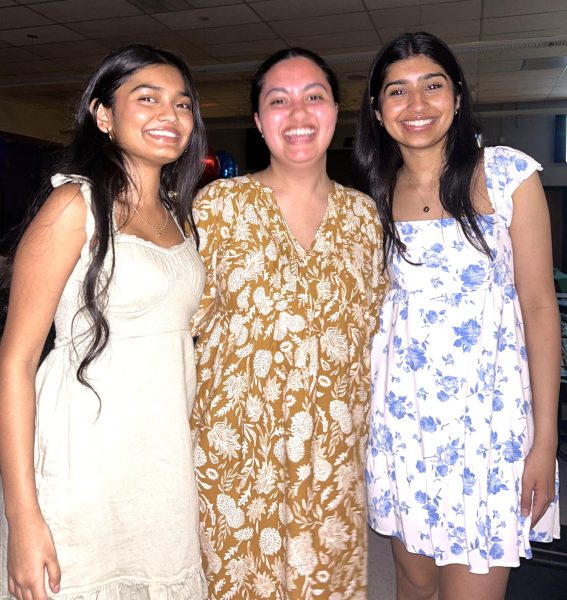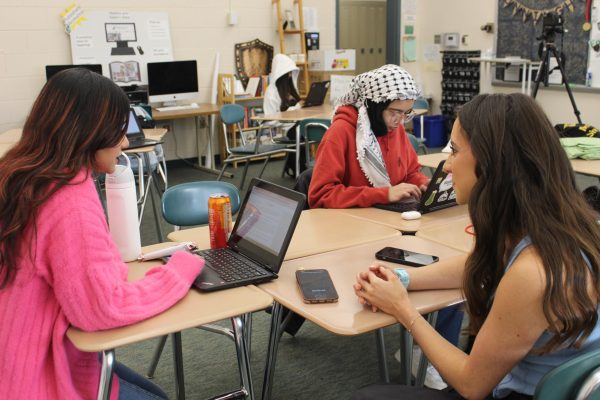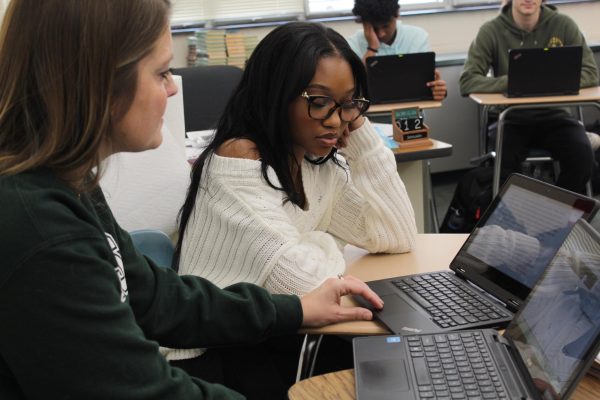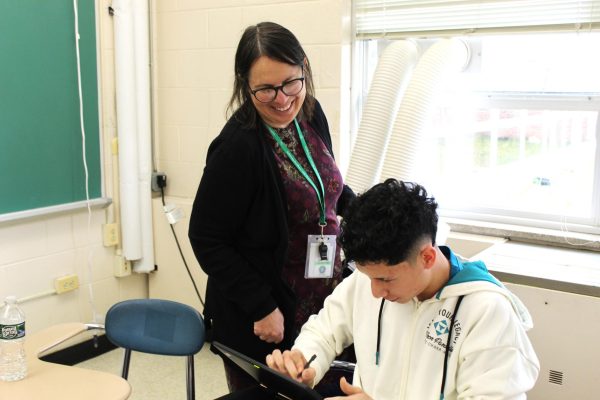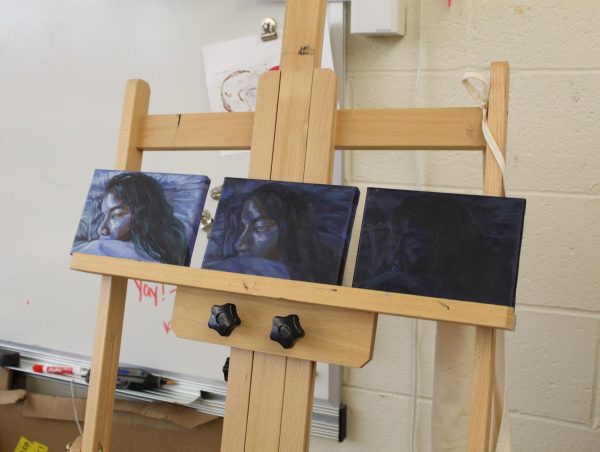2020: A Major Year for LGBTQ+ Media
As the climate around diversity changes, members of the LGBTQ+ community are seeing more stories about people like them.
Though She-Ra and the Princesses of Power first came out in 2018, its groundbreaking final season aired in May 2020. The show centers its LGBTQ+ characters and relationships, never pushing them to the side.
January 5, 2021
For a long time, members of the LGBTQ+ community didn’t have good examples of representation in the media. Prejudice, discriminatory hiring practices, and even ethics codes prevented characters from being openly LGBTQ+. And when it was shown, it was “othered” – made into something strange, unusual, or morally wrong.
The discussion around representation has been changing for a while. And now, in 2020, it’s picked up speed.
Take the 2018 Netflix show She-Ra and the Princesses of Power, whose finale premiered in May of this year. The reboot, headed by LGBTQ+ showrunner Noelle Stevenson, has several core same-gender relationships. Other shows, like Kipo and the Age of Wonderbeasts, Schitt’s Creek, and Umbrella Academy all have LGBTQ+ characters or cast members. Movies have also come a long way. Happiest Season made history by being the first LGBTQ+ Christmas movie from a major studio. The Prom and The Half of It, both on Netflix, give LGBTQ+ coming-of-age stories the center spotlight. These stories are groundbreaking. And their existence is, in itself, a revolution.
Here, being LGBTQ+ isn’t singled out or made into something to be afraid of. It’s celebrated, expressed freely in a way that would have been impossible 40 years ago. And in a world that often fears what it does not understand, each one of these stories makes life a little more colorful.


